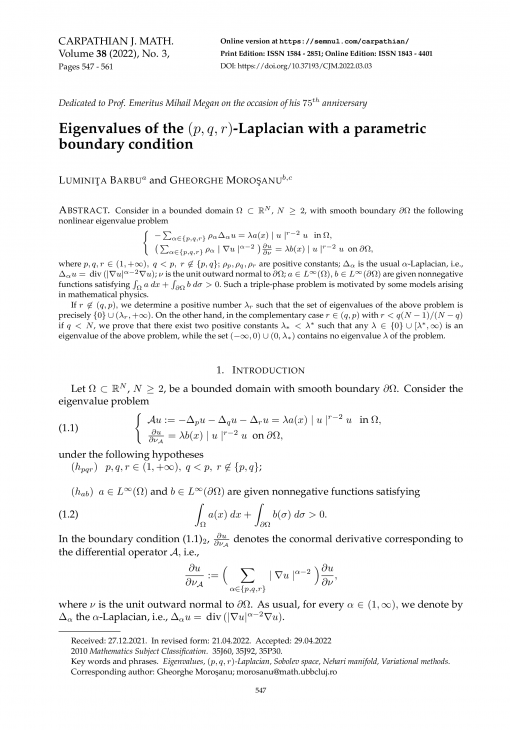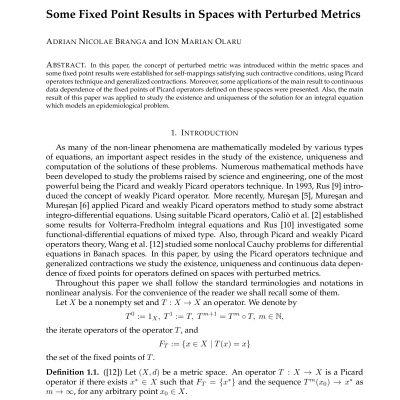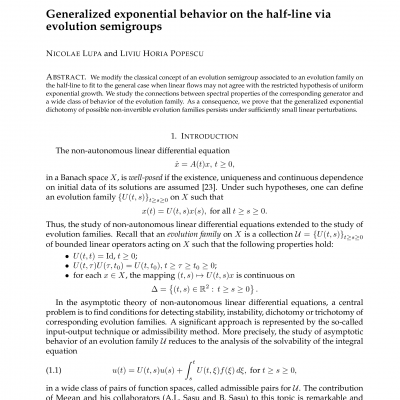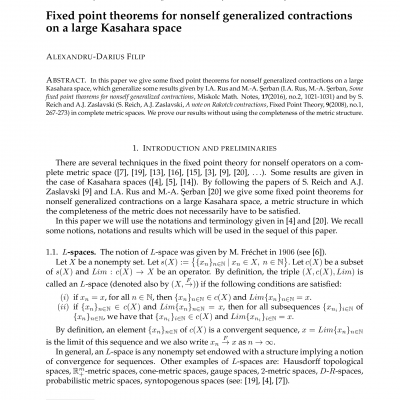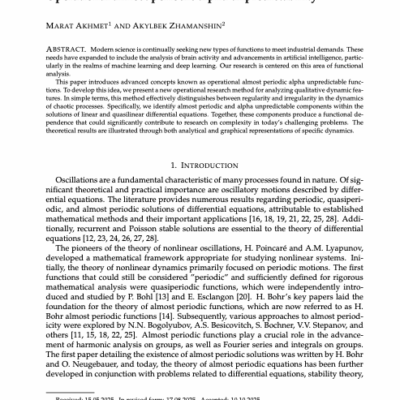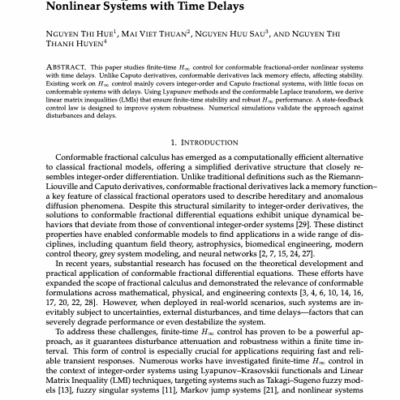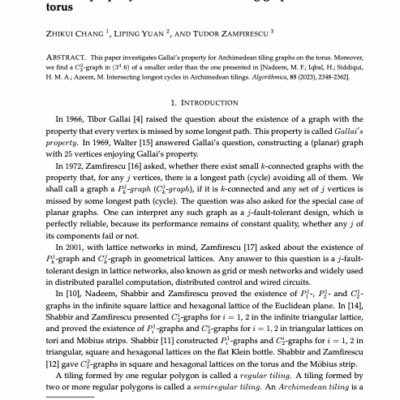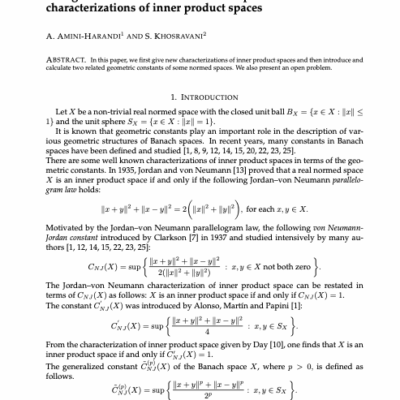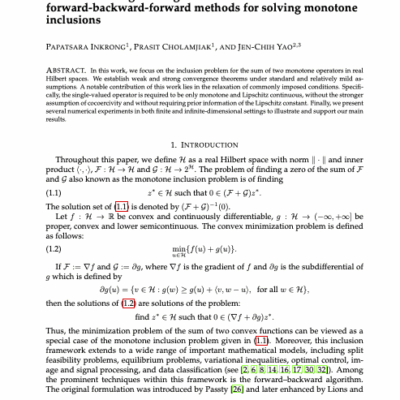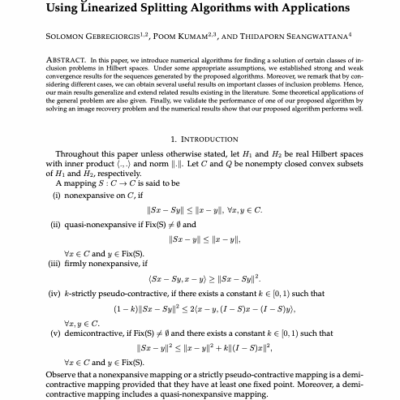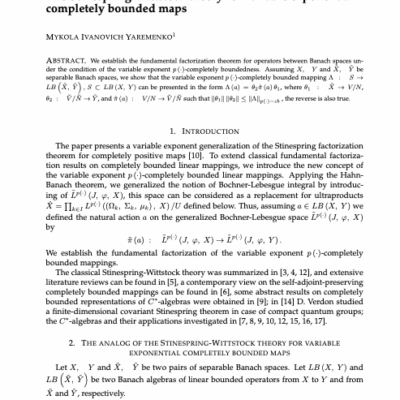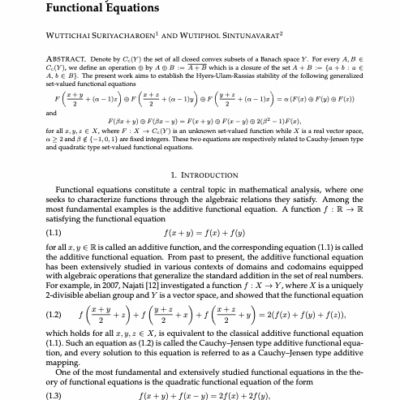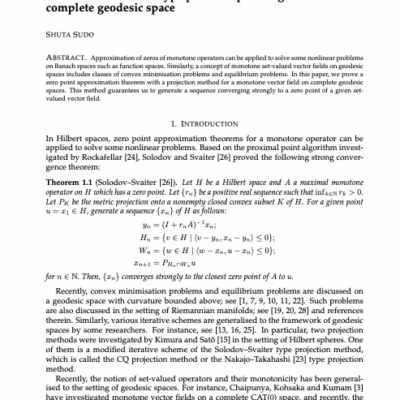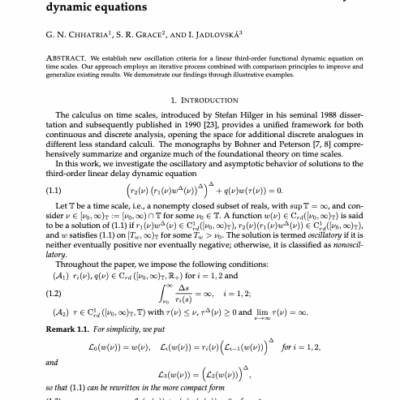Consider in a bounded domain ![]() ,
, ![]() , with smooth boundary
, with smooth boundary ![]() the following nonlinear eigenvalue problem
the following nonlinear eigenvalue problem
![Rendered by QuickLaTeX.com \begin{equation*} \left\{\begin{array}{l} -\sum_{\alpha \in \{ p,q,r\}}\rho_{\alpha}\Delta_{\alpha}u=\lambda a(x) \mid u\mid ^{r-2}u\ \ \mbox{ in} ~ \Omega,\\[1mm] \big(\sum_{\alpha \in \{p,q,r\}}\rho_{\alpha}\mid \nabla u\mid ^{\alpha-2}\big)\frac{\partial u}{\partial\nu}=\lambda b(x) \mid u\mid ^{r-2}u ~ \mbox{ on} ~ \partial \Omega, \end{array}\right. \end{equation*}](https://www.carpathian.cunbm.utcluj.ro/wp-content/ql-cache/quicklatex.com-497dbd9b1e30424ab19203540399c798_l3.png)
where ![]()
![]() are positive constants;
are positive constants; ![]() is the usual
is the usual ![]() -Laplacian, i.e.,
-Laplacian, i.e., ![]() ;
; ![]() is the unit outward normal to
is the unit outward normal to ![]() ;
; ![]()
![]() {are given nonnegative functions satisfying}
{are given nonnegative functions satisfying} ![]() Such a triple-phase problem is motivated by some models arising in mathematical physics.
Such a triple-phase problem is motivated by some models arising in mathematical physics.
If ![]() we determine a positive number
we determine a positive number ![]() such that the set of eigenvalues of the above problem is precisely
such that the set of eigenvalues of the above problem is precisely ![]() . On the other hand, in the complementary case
. On the other hand, in the complementary case ![]() with
with ![]() if
if ![]() , we prove that
, we prove that
there exist two positive constants ![]() such that any
such that any ![]() is an eigenvalue of the above problem, while the set
is an eigenvalue of the above problem, while the set ![]() contains no eigenvalue
contains no eigenvalue ![]() of the problem.
of the problem.

